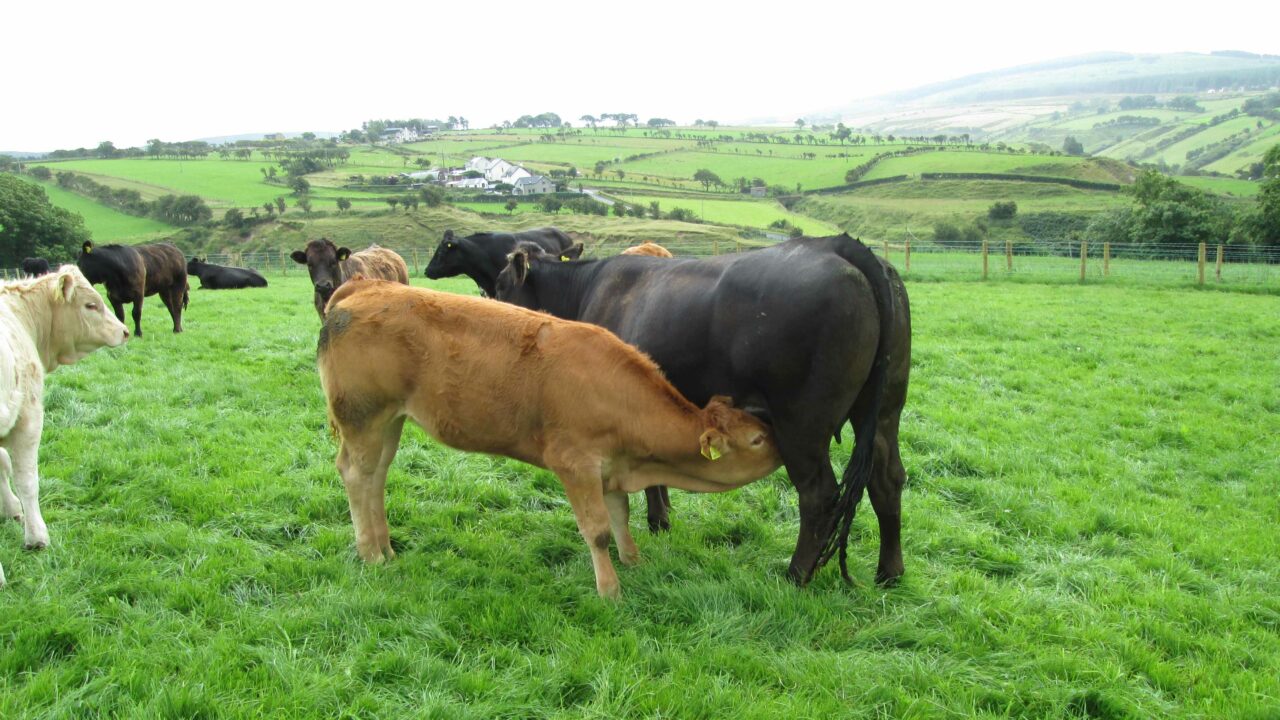Spring-calving suckler herds that finished breeding in the last week of July can scan cows from now onwards.
The best time to scan cows is from approximately 30-40 days up to 80 days in calf, according to Teagasc.
The advice is to wait until at least 30 days after the last cow has been bred, because it is difficult to pick up early pregnancies.
However, when cows go over 12-14 weeks in calf, it can be more difficult to identify factors like cows carrying twins.
Some suckler herds with longer calving seasons or split-calving herds may have to scan herds multiple times in the year.
Scanning
Accurate scanning results are a great help to farmers for planning the winter management of their herd.
Firstly, it allows farmers to identify the cows that are not in calf. These can then be removed from the herd and sold or fed on for finishing. With the current high cull cow prices (as well as all cattle prices), empty cows will likely be moved on swiftly this year.
Most scanning technicians will be able to give farmers a good indication of how many weeks each cow has gone in calf.
Where artificial insemination (AI) or breeding dates were not recorded, it is a good idea to record the tag number of each cow at scanning and the number of weeks they are in calf.
This information will be useful for managing cows in the lead up to calving and also for knowing what cows to keep a close eye on as their calving date approaches.
Farmers should aim to have an empty rate of below 5%. If the empty rate is above this, there may be issues associated with the herd fertility that may need to be looked at.
Identifying and removing empty cows from the herd may also help reduce pressure on shed space as winter housing season approaches.

